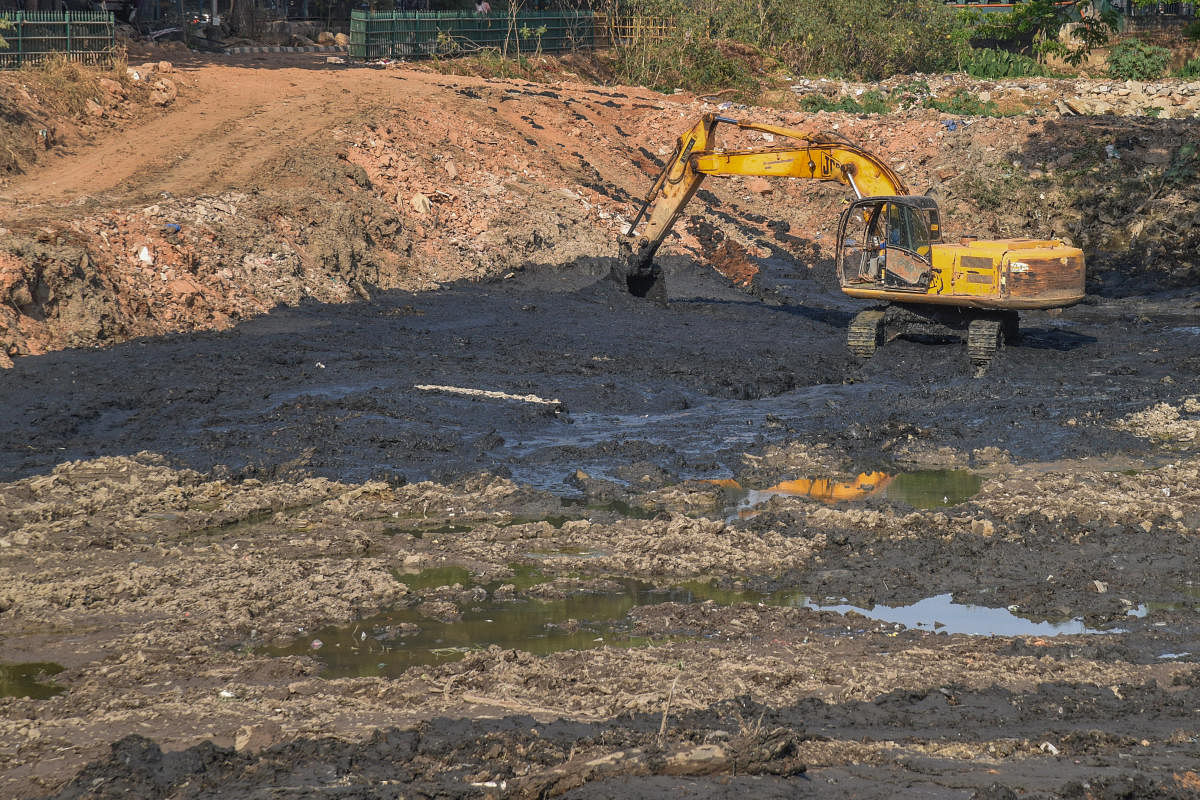
Bengaluru's biodiversity has suffered a mighty setback due to the "flawed" lake development models that prioritise deep desilting over conservation of wetlands and catchment areas of the water bodies.
This stinging analysis by a noted ornithologist is just one of the many challenges before the city as it attempts to morph into a climate-friendly metropolis.
A panel of environmentalists and field experts dived deep into the topic last week to articulate a way forward for the city. The webinar series, organised by Environment Support Group (ESG), was driven by a critical query:
What local action should be taken to meet the Paris Climate Deal target of containing the global temperature rise to 1.5 degrees Celsius compared to pre-industrial levels, as committed by the Bruhath Bengaluru Mahanagara Palike (BBMP).
Drawing attention to the flawed models, ornithologist and wetland specialist S Subramanya talks about a glaring trend: The prevailing design demands maximal investment since it promotes unnecessary deep desilting of lakes. This, he says, increases the cost of transporting and dumping silt elsewhere.
To save costs, islands are built inside lakes hoping that this would also attract birds. But, Subramanya says, this is not how wetland ecosystems function. This is no alternative to the complete destruction of the lakes' catchment areas due to encroachments by apartments and gated communities.
Such lake development models, according to him, have contributed to more than 90% loss of biodiversity in Bengaluru. This is making it difficult to return to the structure the city lakes had before 1996. Unless the old models of lakes are brought back and the current lakes are restricted, their continuing ruin is certain, he warns.
Community spaces
For Citizen Matters co-founder Meera K, beyond the green parks and lakes, having community spaces in the form of playgrounds, libraries, performance spaces and museums is crucial to the solution. In a metropolis that houses over 12 million people, she says it is critical to imagine and build more such spaces.
The city’s parks, she explains, are neither great examples of biodiversity nor do they profess inclusion. To illustrate this, she cites the example of a guarded environment in Cubbon Park. A lot of greenery is found within gated communities. But these are accessible to only an exclusive set of the population. Her contextual question is this: "How do we ensure that everybody in the city has access to these kinds of commons or third places?"